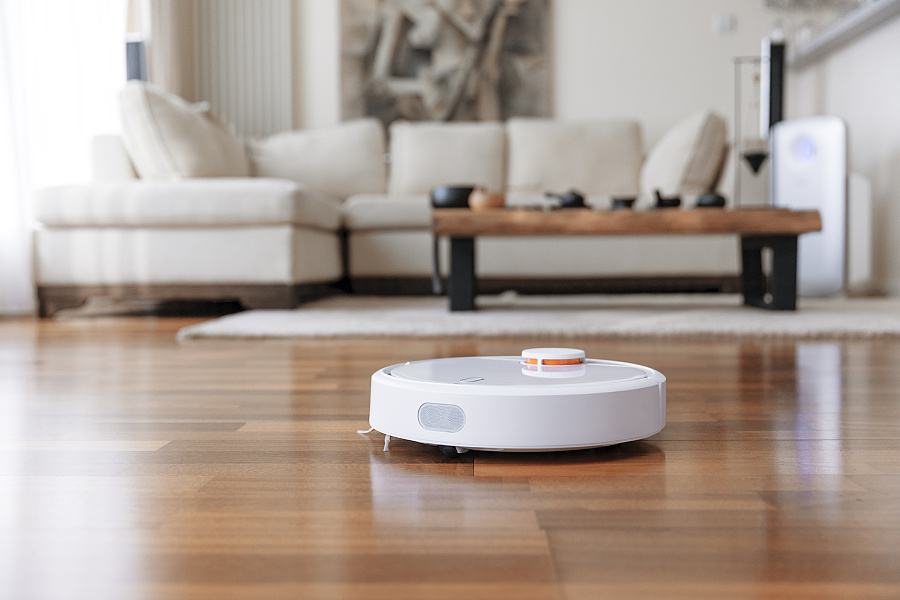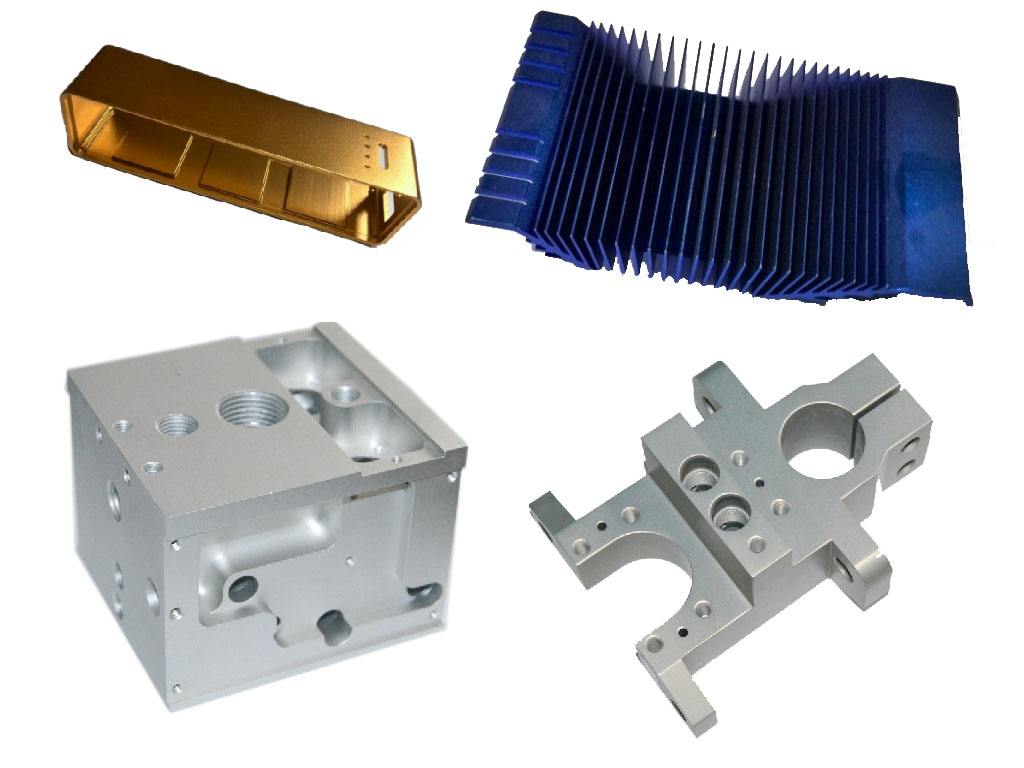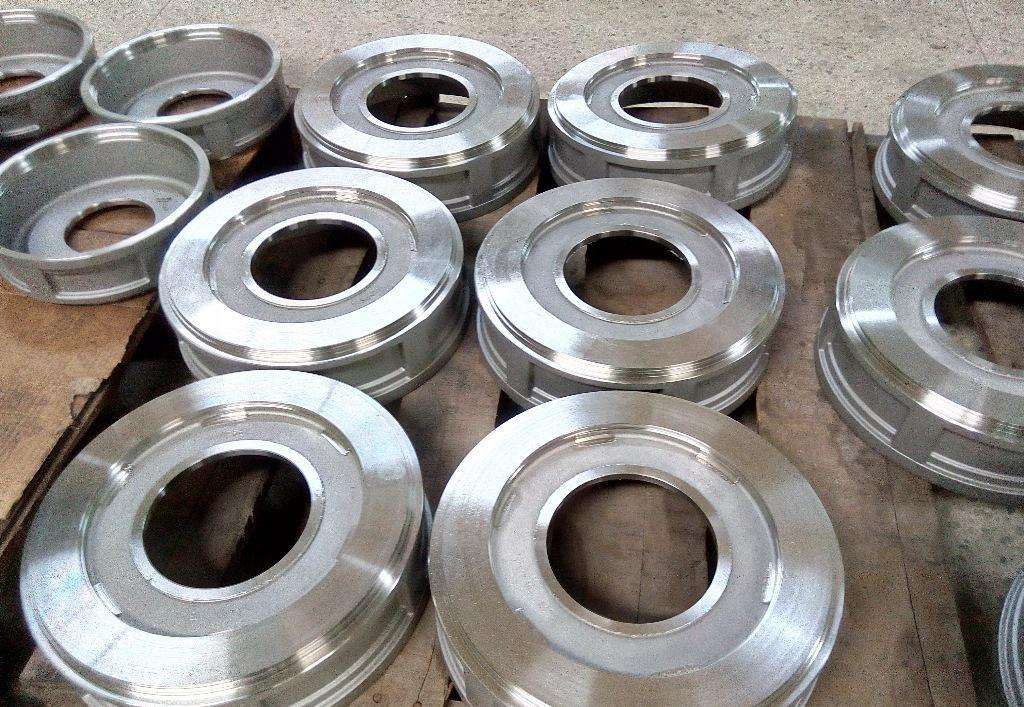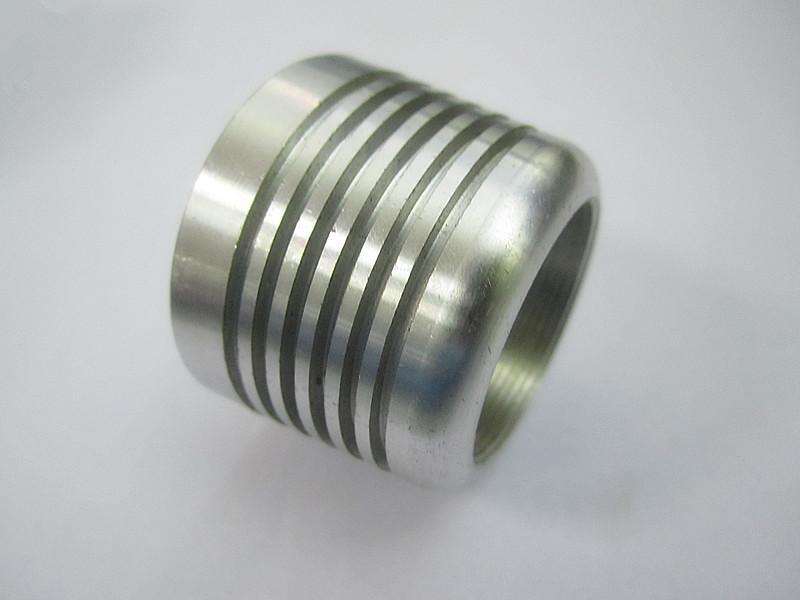Vacuum cleaners and air purifiers parts in China are good. Now, with the Chinese consumer environmental protection and health awareness growing, vacuum cleaners and air purifiers and other cleaning appliances has attracted extensive attention, but also a lot of families to improve the living environment, improve the quality of life and guarantee the health of an appliance.
According to the retail sales data of GfK China Vacuum Cleaner market, the retail market of China vacuum cleaner will reach 11 billion 700 million yuan in 2017, and the retail volume will reach 16 million. From the perspective of the overall market growth, the scale of China’s vacuum cleaner retail market will increase to 44% in 2017, which is 32% higher than that in 2016.
Product accelerated iterative handheld products are favored
In recent years, the market average price of Chinese vacuum cleaner has been rising steadily. According to the retail monitoring data of GfK China, the total retail price of China’s vacuum cleaner retail market will reach 731 yuan in 2017, while in 2014 it will be only 569 yuan. The rise of the average unit price of the vacuum cleaner market is not only the embodiment of the upgrading of consumption, but also because of the rapid upgrading stage of the Chinese vacuum cleaner Market in the past 3 years.
Handheld push rod type vacuum cleaner is widely concerned by Chinese consumers because of its portability and small size. According to the retail monitoring data of large and medium cities in the GfK China Vacuum Cleaner market, by the end of September 2017, the retail volume of handheld rod vacuum cleaner has increased to nearly 35% from nearly 20% in the same period in 2016. And the traditional horizontal vacuum cleaner is squeezed, down to about 40%. The online market is also showing the same trend. According to the retail monitoring data of the GfK China vacuum cleaner online market, the retail volume of handheld rod vacuum cleaner increased to 23%. No matter on the line or in the online market, the hand-held push rod vacuum cleaner is gradually replacing the traditional horizontal vacuum cleaner to become the favorite product of the consumer.
In terms of the average unit price, the handheld push rod type vacuum cleaner is higher than the traditional horizontal vacuum cleaner. At the same time, the market product of vacuum cleaner has also promoted the increase of the profit of the manufacturer. In the Chinese market in recent years, more and more brands have begun to enter this market, and new products are also appearing. According to the retail monitoring data of JFK (GfK China) vacuum cleaner market, as of September 2017, the number of handheld rod vacuum cleaner brands reached 104, which increased from 2016 to 2016, and the number of models increased from 410 in the same period in 2016 to 410. Brand competition is increasingly fierce, and consumers’ choice of this category increases, and it also speeds up the overall market scale.
For the market of handheld push vacuum cleaner in China, the upgrading of products and technology in the past few years is a constant topic. Through a series of product upgrading, hand-held push rod type vacuum cleaner is gradually solving the original “short board”, speeding up the pace of replacing the horizontal vacuum cleaner. JFK (GfK China) has observed that the power of handheld putter vacuum cleaner is from 200 watts to 400 watts, while the power of traditional horizontal vacuum cleaner is 1500 watts. The sweeping capacity and suction of the horizontal vacuum cleaner are generally stronger than that of other subdivision categories. Nowadays, more and more manufacturers are starting to launch a hand-held push rod type vacuum cleaner with greater power and stronger suction. In addition, the hand push type vacuum cleaner with a motor, front air duct shorten differentiated efficient design, the use of the process will have a higher energy conversion rate. The continuous extension of the endurance time, the weight of the continuous light, and more strengthen the product advantages of the market.
Cleaning robot is no longer high cold and intelligent leading to flourish
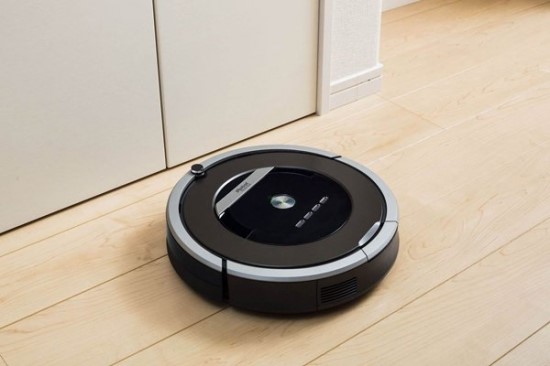
China is the largest market for sweeping robots in the world. According to the prediction of the GfK robot sweeping market in China, in 2017, the scale of China’s sweeping robot market was close to 5 billion yuan. With millet, Ecovacs and other domestic brands have launched more low-cost, more user-friendly products, intelligent sweeping robot from the high-tech products into the ordinary consumer perspective. In the past few years, the sweeping robots have been popularized at an amazing speed, and the market has developed rapidly. In the early stage of development, the cleaning robot is mainly to improve the cleaning efficiency. At the present stage, the sweeping robot will turn to the development of intelligent core technology such as multi-sensor fusion, navigation and path planning after providing better cleaning effect.
Previously, sweeping robots on the market mostly used infrared sensors, contact sensors, ultrasonic sensors and so on. Only a few high-end models used laser radar sensors. The information provided by the sensor is still insufficient for the needs of the indoor location and complex path planning of the intelligentized sweeping robot. As a result, the problem of inadequately intelligent definition of the past sweeping robot products is often criticized for not intelligent.
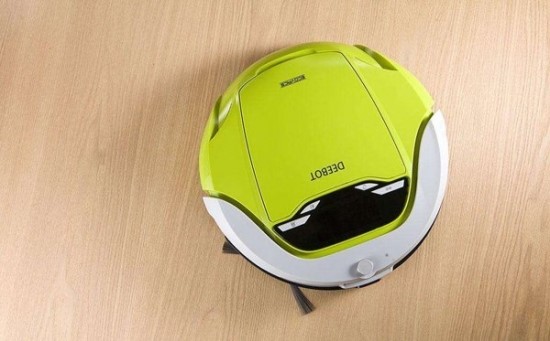
With the continuous improvement of the navigation system, the intelligent navigation system has gradually developed in the Chinese market. Many brands launch high-end models with navigation systems and path planning capabilities. According to the data of sweeping robot retail monitoring data of GfK China, the retail sales of sweeping robots in navigation system in 2015 accounted for less than 1%. By 2017, the proportion of sweeping robots will be over 15%. The sweeping robot with navigation system can do the best to clean up the area, and do not overlap the walking path in the process of work. According to some or some optimization criteria, we can carry out the optimal path planning. With the deepening of this technology, the sweeping robot has taken a step forward to a higher demand for intelligent navigation. More and more vendors are aware of the importance of intelligent navigation.
By George Ding

